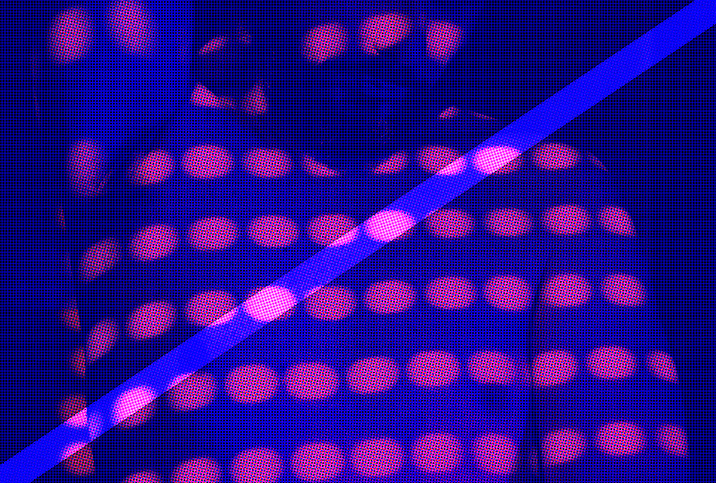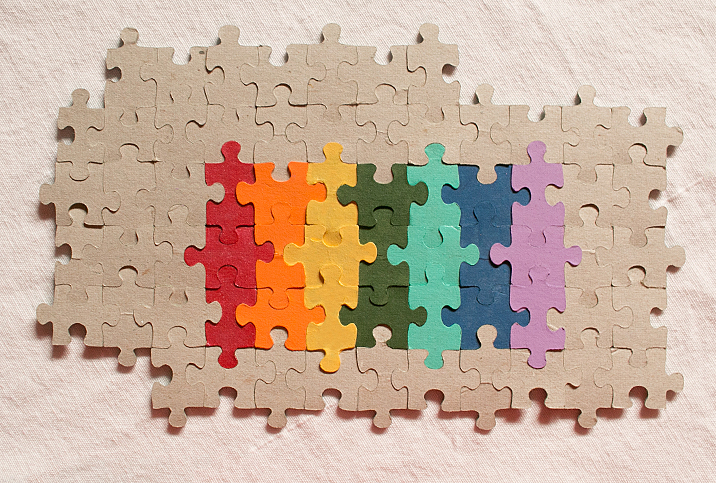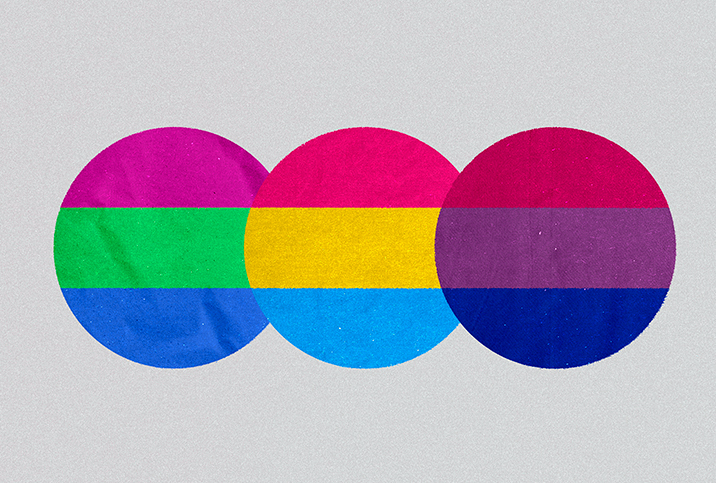The Science of Bisexuality

While members of the LGBTQIA+ community have faced painful discrimination, bisexual people face an additional challenge: the opinion that bisexuality doesn’t exist at all.
Turns out, science says otherwise.
Bisexuality: a brief review
Bisexuality is the emotional, romantic and/or sexual attraction to both men and women. While bisexuality is the most common word, some people who identify similarly prefer terms such as pansexual, queer or sexually fluid, all of which have different meanings.
Bisexuality doesn't come with a handbook. Some bi people may be emotionally attracted to both sexes, but sexually attracted to only one. Others may be more attracted to one sex than the other. The fluid nature of the term itself has led to confusion and misinformation about the orientation. While there might be confusion outside of those who identify as such, bisexuality is fairly common within the LGBTQIA+ community. According to a study by The Williams Institute, 1.8 percent of American adults identify as bisexual, which is over half of all LGBTQIA+ people.
Challenges to bisexuality
The fact that bisexuals don’t fit into one rigid orientation definition has been used as ammunition by those who purport that bisexuality isn’t real, leading to bi-invisibility, biphobia and bi-erasure. Myths and misconceptions about bisexuals include:
- Bisexuality is just a phase.
- Bi people are simply confused, naive, experimenting, indecisive, promiscuous or attention-seeking.
- They are really either gay or straight.
- Settling down with someone of the opposite sex "proves" they were straight all along.
More discouragingly, perhaps, some of these false assertions come from other members of the queer community.
What the science says
Opinions from misinformed people don't matter in the face of robust evidence in support of bisexuality as a real sexual identity. A 2017 study tracked brain response when heterosexual, homosexual and bisexual men were shown erotic images and videos of male and female genitalia. Consistent patterns emerged: The ventral striatum (an area of the brain linked to incentive motivation) and other key areas of the brain were activated by female imagery for straight men, by male imagery for gay men, and, importantly, by both male and female imagery for men who identified as bisexual. Their brains indeed preferred pictures of both men and women, whereas gay and straight men did not.
The data suggests it’s possible to be mentally stimulated by both sexes. What about physical arousal?
Some small studies had indicated physical arousal by both male and female imagery in bisexual men, but until recently, the population sizes studied had been considered too small to provide convincing evidence of physical arousal in response to both sexes. But a 2020 meta-analysis measured genital arousal of both gay, straight and bisexual men when viewing erotic images of both male and female genitals.
The results found that while gay and straight men experienced physical arousal only when shown images of male and female genitalia, respectively, bisexual men became aroused by photos of both genders. (Of note: Women were not included in this study, as research has shown most women can be physically aroused by photos of both genders).
What it means
The evidence clearly appears to support bisexuality being real: It is possible to be romantically and/or sexually attracted to both sexes, both mentally and physically. These scientific findings come as no surprise to members of the bi community but go a long way in shooting down discriminatory claims and hurtful misconceptions they've faced.
The fight for bi rights and recognition is far from over, but recent studies offer a critical validation for bi people, an argument against bi-erasure and a cornerstone for future bi inclusion in policy and conversation. It's time to face the (scientific) facts: Bisexuality is real. Bisexual people deserve recognition and respect.


















